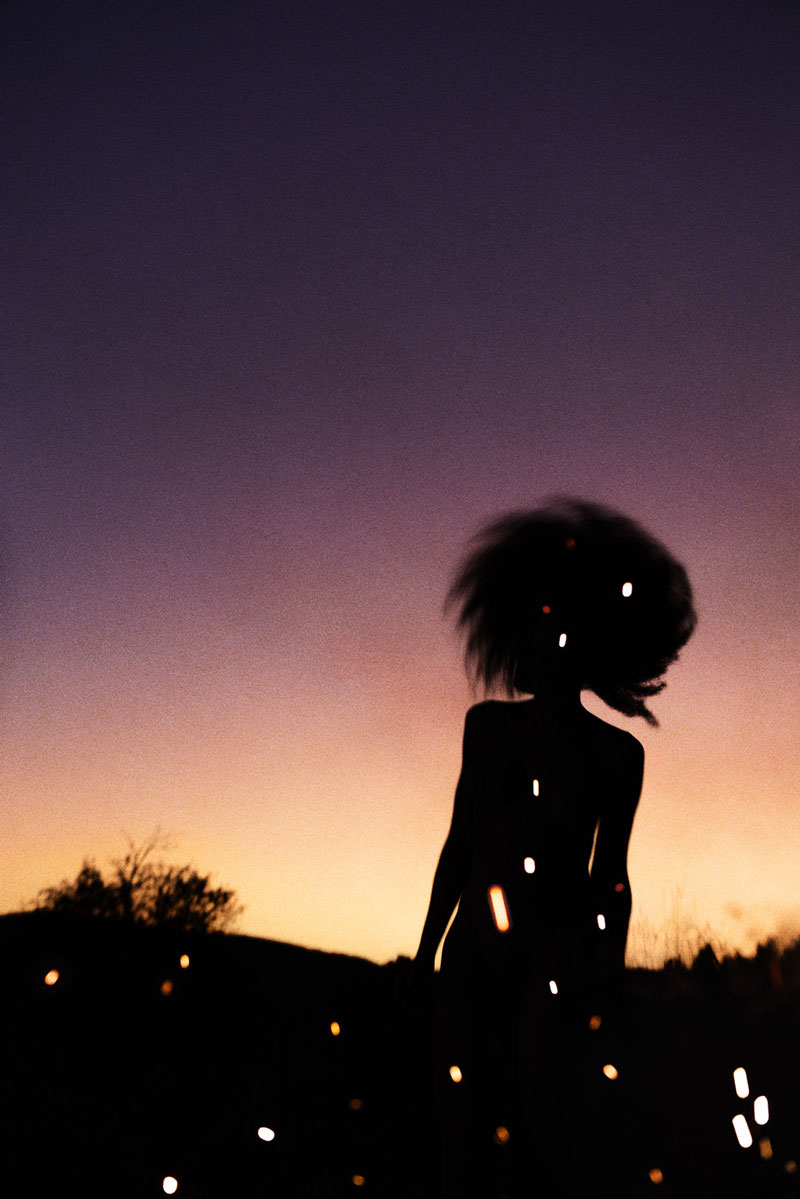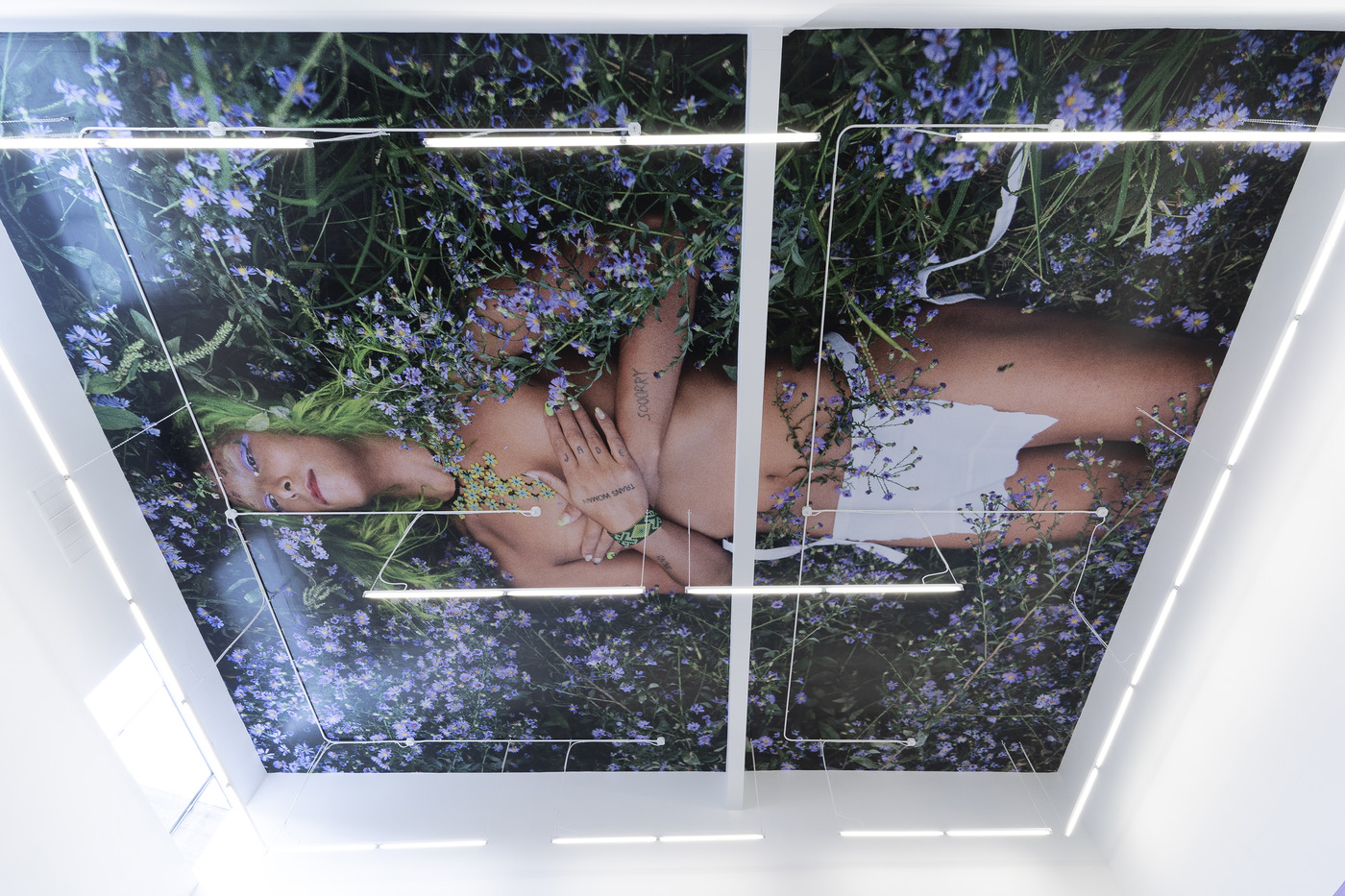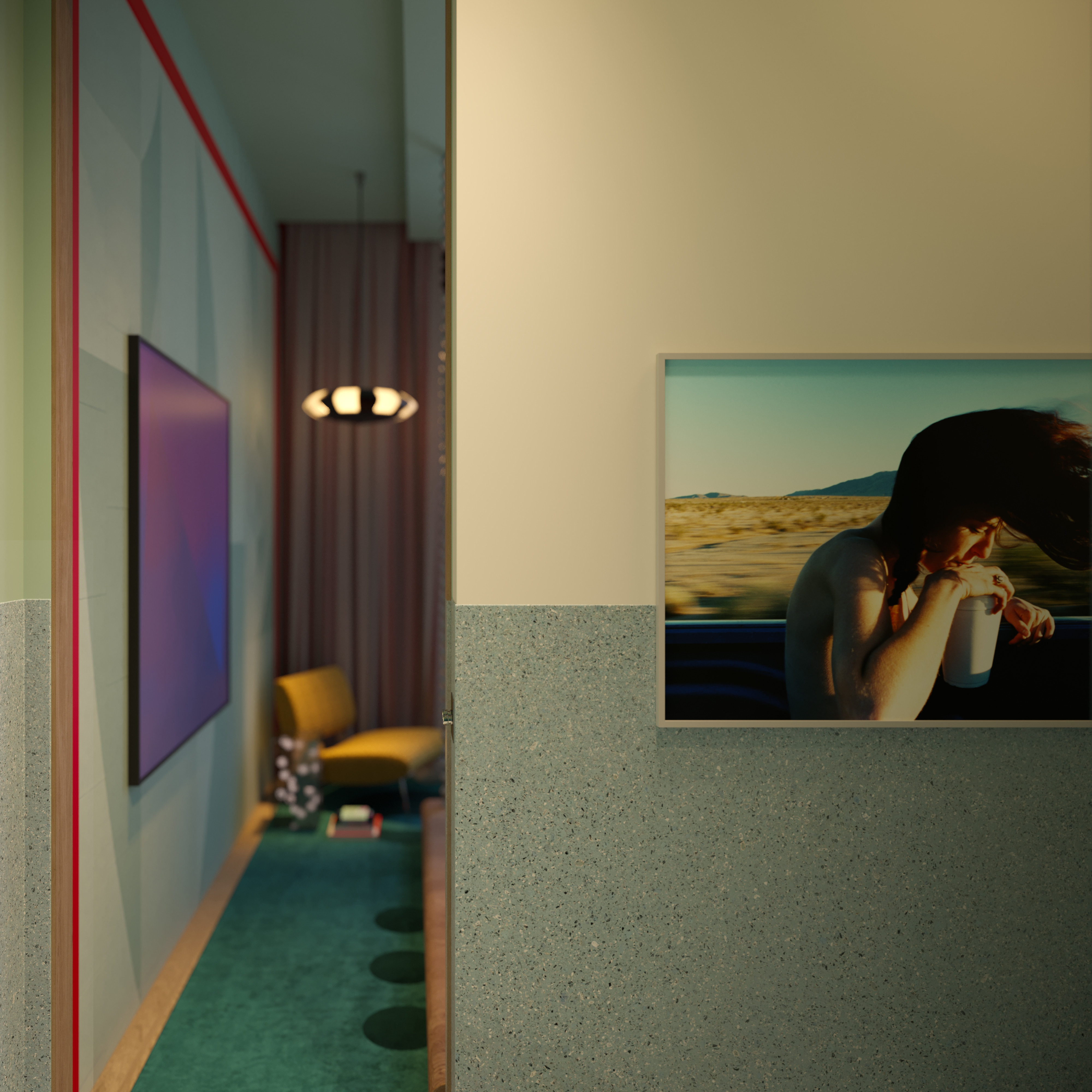Based in San Francisco’s Mission district, Ratio 3 is a contemporary art gallery with an experimental, intergenerational approach and a select roster of emerging and mid-career artists, many of whom we deeply admire—like Noam Rappaport, Ben Peterson, and Ryan McGinley—and revel in their practices, both in our design work and our personal lives. On a recent Chroma outing to Ratio 3, we caught McGinley’s latest exhibition, I can’t, We can, which collects a wide array of works across the artist’s more than 20-year career. McGinley often toys with traditions, working outside of genres and across various media. Community remains the through-line of his diverse body of work, and the exhibition is in part homage to the subcultures in which he has moved as both comrade and chronicler.
Ryan McGinley’s exhibition I can’t, We can at Ratio 3 bares its soul, featuring previously unshown images, era-defining portraits, and new video works.

Entering the gallery, we were instantly immersed in McGinley’s oeuvre, with images pasted floor-to-ceiling, densely repeating, like the poster ads that dominate boarded-up storefronts on city streets. Each image, all previously unexhibited, is overlaid with the tag—“IRAK”—of the New York-based graffiti crew founded by artist Kunle Martins, the first openly gay black graffiti writer in the city. Rejecting the homophobia of the overwhelmingly straight, male graffiti subculture of the late ’90s and early 2000s, IRAK’s inclusivity and acceptance of queerness was radical at the time and perhaps even still today, and this ethos has compelled McGinley forward, as he emerged from that context to establish a searching, multimodal practice.

In the main gallery, we were met with a series of video portraits of people revealing the origin stories of their tattoos and their sexual identities, of seeking empowerment and self-actualization, and the magic of a spontaneous stick-and-poke. On a facing wall, a related body of black-and-white photos provoke and play with ideas of intimacy and sensuousness. Throughout the exhibition, McGinley’s editorial portraits, always an important element of his arsenal, dialogue with other, ongoing projects—like three recent video works that explore queer activism—revealing cultural shifts toward inclusive representation in various media over two decades.


We’re longtime fans of McGinley’s photography and specifically his portraits, which have an uncanny ability to truly see people, and perhaps that’s really kudos to McGinley’s ability to meet people where they are. The artist’s body of work remains eternally youthful, and there’s a certain nostalgia it evokes for us—many of us kids of his era—a sweet and special ennui, a tenderness or a vulnerability that still knots our stomachs, an energy and an air. In McGinley’s work, there is something that tolls with the rawness of rebellion—a sense that anything is possible. Great artwork has that transformative power.
